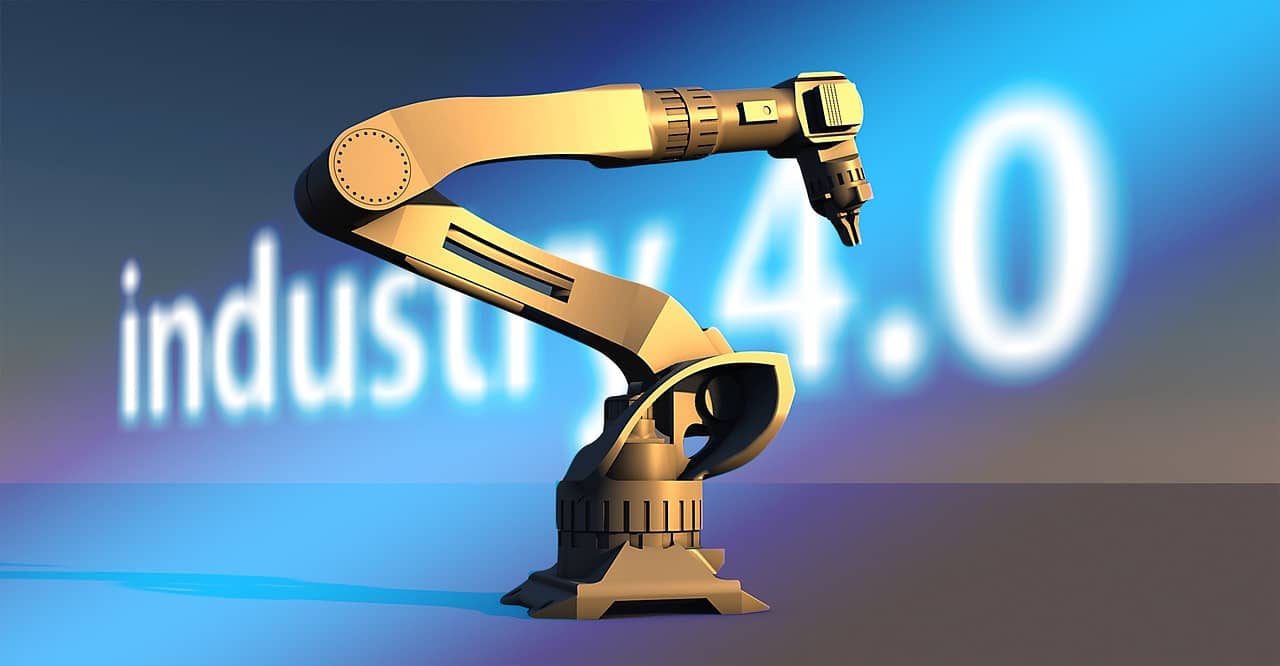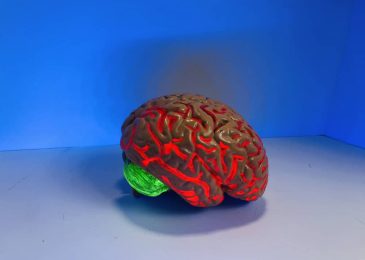
No one is surprised today by the presence of robots and specialized systems in the workflow, especially in such progressive countries as the USA. They allow the manufacturing process of any product to be significantly optimized with great benefits for employers. This has invariably affected the workers themselves as well. Many have lost their jobs, and some have sought help from companies like Payday Depot. So what impact has automation development had on the manufacturing process and work in general?
Progress in History
In the USA, the development of technology does not stand still, and the work that used to be diligently done by humans is now quietly done by robots and other machines. The first changes from humans to machines came after the invention of steam engines. At that time, the first protests by workers due to mass layoffs began.
Machines that did the same work faster and didn’t charge for it were put in their places. This opened up many opportunities for manufacturers, such as streamlining production and increasing the number of products each year. Because of advances in technology, many people lost their jobs, this reduced the number of jobs and freed up a lot of human resources.
Fortunately, the discontent did not last long and instead of the old proven jobs, many new industries occupied young minds.
Such changes occurred and are still occurring today. First, the steam engine, after the changes entailed the in-depth study of electricity. Today, more and more work is being done by artificial intelligence.
Two Sides of the Same Coin
Like any phenomenon, workflow automation has both positive and negative manifestations.
- Employers have benefited greatly from robots at work. Today’s technology has reached such heights in the workplace that it can perform tasks much better and faster than a human. They have no physiological limitations that prevent humans from doing the same work. Artificial intelligence has freed many minds to spend time and effort on work that machines cannot do.
- On the other hand, the introduction of machines into the workplace has reduced the number of jobs. While young people can easily change their profile and learn new skills, middle-aged and older workers are less inclined to change their habits. Because of this, many of the latter remain unemployed and their upkeep is borne by their children.
Indicators in Statistics
The National Bureau of Economic Research regularly conducts surveys and studies to track trends in the world of finance. For example, a report dated June 2021 indicated that workers’ wages in the USA have fallen by more than 50 percent since 1980. Researchers attributed this to the inclusion of new technologies in the workplace. Not only have wages suffered in recent decades, during which technology has developed particularly rapidly, layoffs have also increased, and income inequality has become more evident.
Conclusion
Like any other change, the introduction of technology into the work process has its positive and negative sides. On the one hand, manufacturers are better able to provide their products and meet the needs of more people. But hundreds of thousands of jobs for which you might have earned an income are sacrificed.





